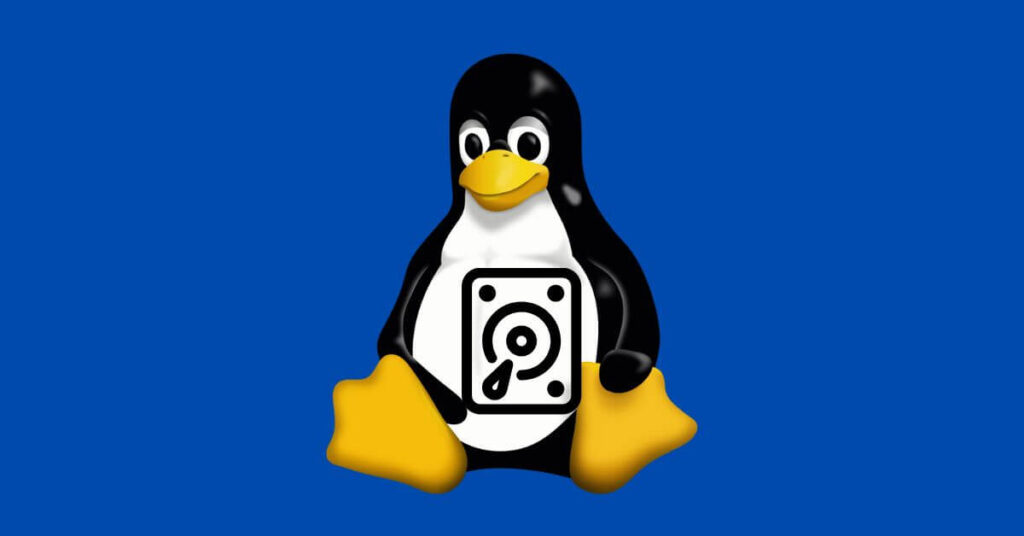5 Best Partition Manager for Linux (CLI + GUI) – Best Tools for partitions are very useful for managing hard disks, for example to increase the size, reduce or change the type of partition.
In the following, I want to share the best tools for 5 applications for managing hard drive partitions on Linux that you can use as references. I divided it into 2 first groups. The first group is desktop based applications, the next group is command line based or linux commands.
Best Partition manager for Linux
1. GParted
GParted is the most popular graphical disk partitioning application, so you can manage partitions by just clicking and dragging and it’s very easy to use even for beginners.
Gparted can be installed on all Linux distros and can also be made bootable so you can manage partitions through the bootable.
Feature:
- Create partitions
- Modify partitions such as sliding, resizing, labeling, setting UUID and even deleting partitions
- Setting partition flags (eg for boot or hidden partitions)
- Can be used to restore data from lost partitions (sometimes it can fail depending on how bad it is)
Gparted Can be used for storage media:
- Hard Drive (SATA, IDE, SCSI)
- Flash memory device (USB, SSD, NVME)
- RAID Device (hardware using RAID, BIOS RAID or Linux software RAID)
2. KDE Partition Manager
This is a default application from the KDE Desktop for managing hard drive partitions on Linux. It looks graphical and is also easy to use, its use is almost the same as GParted where we just have to click and swipe to adjust the size of the partition.
Feature:
- Support for a large number of file systems such as ext2/3/4, btrfs, reiserfs, NTFS, FAT16/32, JFS, XFS and many more
- Very easy to use
3. GNOME Disks
This application is installed by default in the GNOME desktop environment. It offers all the basic features like delete, add new, resize and fiddle with partitions.
You can even repair partitions using this linux partition application tool. Ubuntu distros usually use this.
Feature:
- It’s very simple to use
- Modify partition
- Support multiple storage media
- View hardware problems (SMART)
- Create Disk Images
- Accessing ISO Files
Linux Command Versions (CLI)
4. fdisk
Almost all Linux distributions have been installed fdisk so you just have to use it. FDISK stands for Disk Format or Fixed Disk which means we can format disk or repair.
This Linux partition application tool is also very reliable to diagnose if there is a problem with our storage media.
To use it, you just need to open the terminal then run the command fdisk and to see all the partitions on the storage media you can run this command.
5. Parted
You can say that this is the command line version of gparted, namely parted. This is a very powerful application for managing partitions. We can create partitions, delete, change, move only with Linux commands.
To use it, simply run the parted command in the terminal
Meanwhile, to see a list of partitions, you can use the command
Summary
The application tools for managing Linux partitions mentioned here are the most popular and widely used by all Linux distributions. These tools are quite reliable and I have tried all of these tools.

